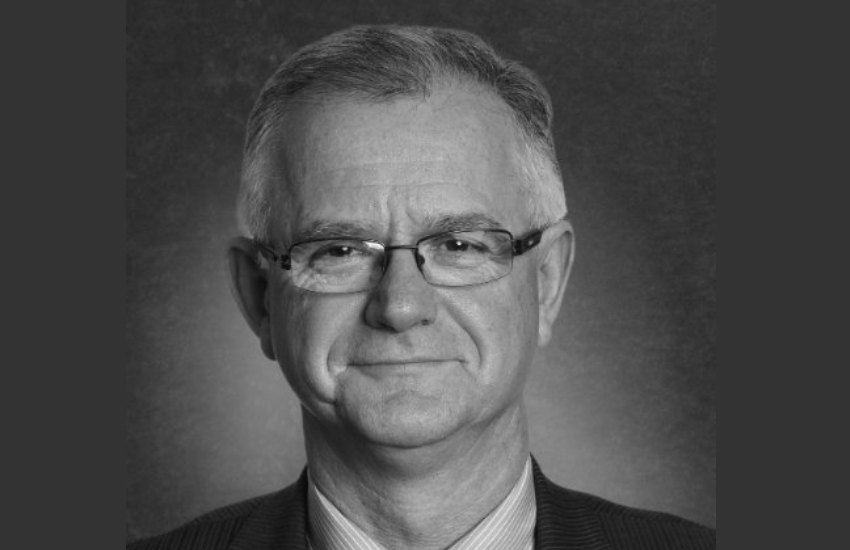‘The most complicated way’: tax relief measure criticised
TaxThe widely expected tax relief for low and middle income earners has been delivered but the complication behind the introduction of a staggered seven-year plan has left much to be desired, says a mid-tier.

The government has announced a seven-year personal income tax plan implemented through three steps, namely an additional low and middle income tax offset; a shift in the top threshold of the 32.5 per cent income tax bracket from $87,000 to $90,000; and a removal of the 37 per cent tax bracket by 2024.
The measure has a cost to revenue of $13.4 billion over the forward estimates period.
The new low and middle income tax offset set at $530 per annum will be available from the 2018-19 to 2021-22 incomes years and will be received as a lump sum on assessment after an individual lodges their tax return, and is in addition to the existing low income tax offset.
Taxpayers with a taxable income of $37,000 will see a benefit of up to $200, while those between $37,000 and $48,000 will see the value of the offset will increase at a rate of three cents per dollar to the maximum benefit of $530.
Taxpayers with taxable incomes from $48,000 to $90,000 will be eligible for the maximum benefit of $530. From $90,001 to $125,333, the offset will phase out at a rate of 1.5 cents per dollar.
Changes to tax brackets will see an increase to the top threshold of the 32.5 per cent personal income tax bracket from $87,000 to $90,000 from 1 July 2018.
From 1 July 2022, the government will increase the low income tax offset from $445 to $645 and extend the 19 per cent personal income tax bracket from $37,000 to $41,000.
The increased Low Income Tax Offset will be withdrawn at a rate of 6.5 cents per dollar between incomes of $37,000 and $41,000, and at a rate of 1.5 cents per dollar between incomes of $41,000 and $66,667.
Additionally, from 1 July 2022, the government will further increase the top threshold of the 32.5 per cent personal income tax bracket from $90,000 to $120,000.
In the government’s final step of its staggered approach, the top threshold of the 32.5 per cent personal income tax bracket will be extended from $120,000 to $200,000.
In essence, the 32.5 per cent tax bracket will apply from taxable incomes of $41,001 to $200,000, while those exceeding $200,000 will pay the top marginal rate of 45 per cent.
“I think it is a really complicated way of doing it, I don't know who has come up with this but it is certainly the most complicated way of doing a tax cut,” BDO national tax director, Lance Cunningham told Accountants Daily.
“I think they could have done it much simpler than that. I really don't understand why they have two tax offsets which is quite strange.
“The offset doesn't actually reduce the Medicare levy so you could end up having these offsets reduce your income tax to nil but you still have Medicare levy payable,” he added.
“Luckily all these calculations are done by the computer and people don't have to sit down and work it all out with a pencil anymore.”




